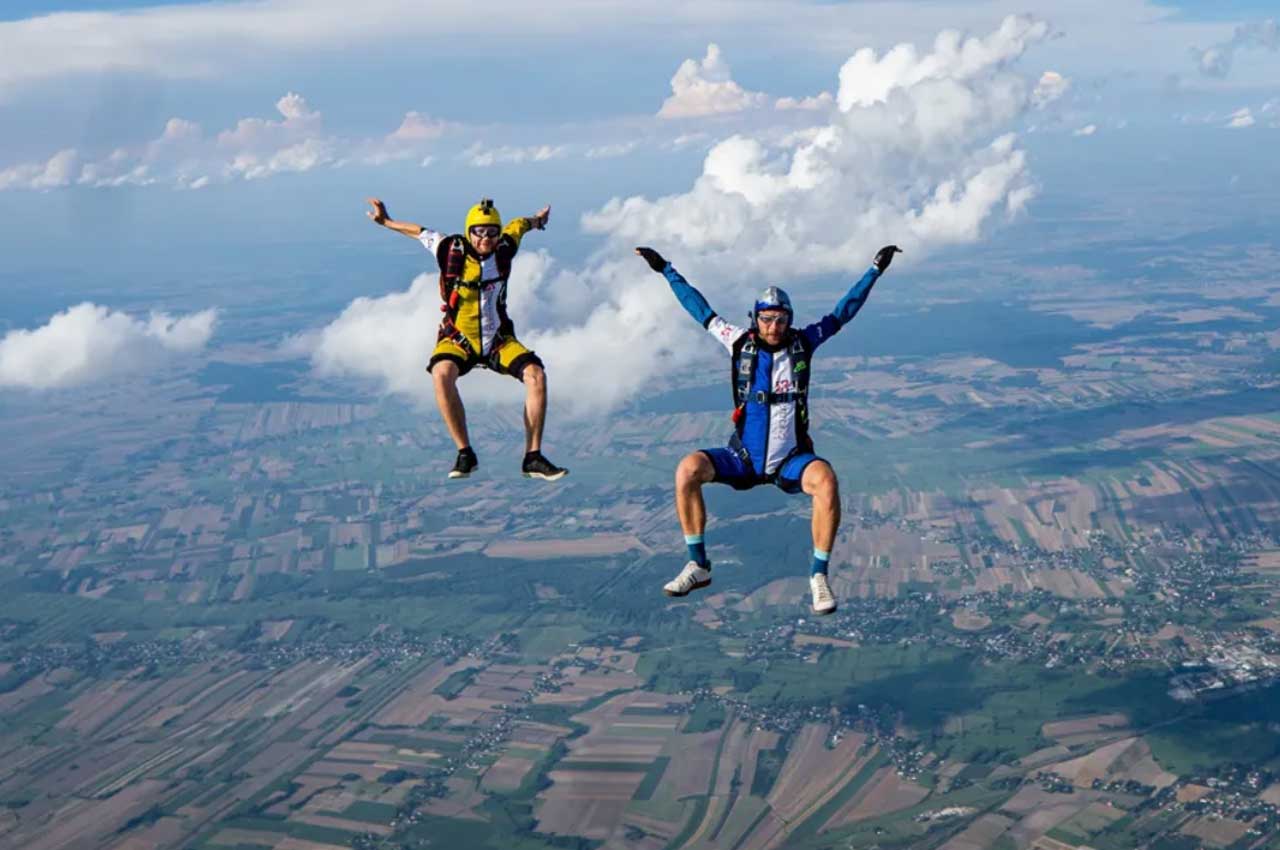Most passengers who experience aerophobia are interested in the issue of having parachutes. It seems that this is a logical way out – to provide passengers not only with oxygen masks and inflatable vests but also with other means of survival. DIP has figured out why this is not possible.
According to international rules, the presence of parachutes in the aircraft is inefficient and unprofitable. First, let’s look at the benefits.
On average, a parachute weighs 10 kg. If you supply each participant in the flight with it, then the weight will be from 700 kg to 7 tons. Since the carrying capacity of different liners is different, some places will have to be vacated. And this leads to losses for airlines.
Inefficiency means that at the time of the crash, a person without the necessary training simply will not be able to properly put on a parachute and make a jump. Moreover, due to strong shaking, it is sometimes simply impossible to get to the exit. Pilots and staff don’t have personal parachutes either, so they wouldn’t consider leaving a crashing plane with passengers.
Even if you get to the emergency exit, a passenger plane flies at speeds up to 1000 km/h. At this speed, the air becomes very dense, like a wall. If you jump out of an airplane without preparation, a person will instantly break all the bones. And the altitude of 10 km, at which the plane usually flies, will deprive you of the opportunity to breathe.
If the plane does not descend in time, with depressurization at an altitude of 10 km, a person will live less than a minute, due to oxygen starvation, he will simply lose consciousness. And even if we imagine that someone overcame all the trials, survived, and jumped out, after the fall he will again have to survive but in the wild.
In general, the chance of salvation is so negligible that cutting income by 30% is too high a price for this. In addition, having lived through such an experience, the survivors will sue the airline for much more than the compensation to the families of the victims will cost.
It is technically possible to create special capsules that will separate from a falling plane and descend to the ground, saving the lives of all passengers. But while people are not ready to replace their aircraft fleet and pay compensation.
But the number of air crashes is extremely small. According to the results of a twenty-year study, only 5% of the total number of passengers on board died in accidents. Of the 53 thousand people who survived the plane crash, 51 thousand survived. The statistics still show that the plane is the safest mode of transport.
Yes, and 90% of air crashes occur during takeoff and landing, so you definitely won’t need a parachute.

